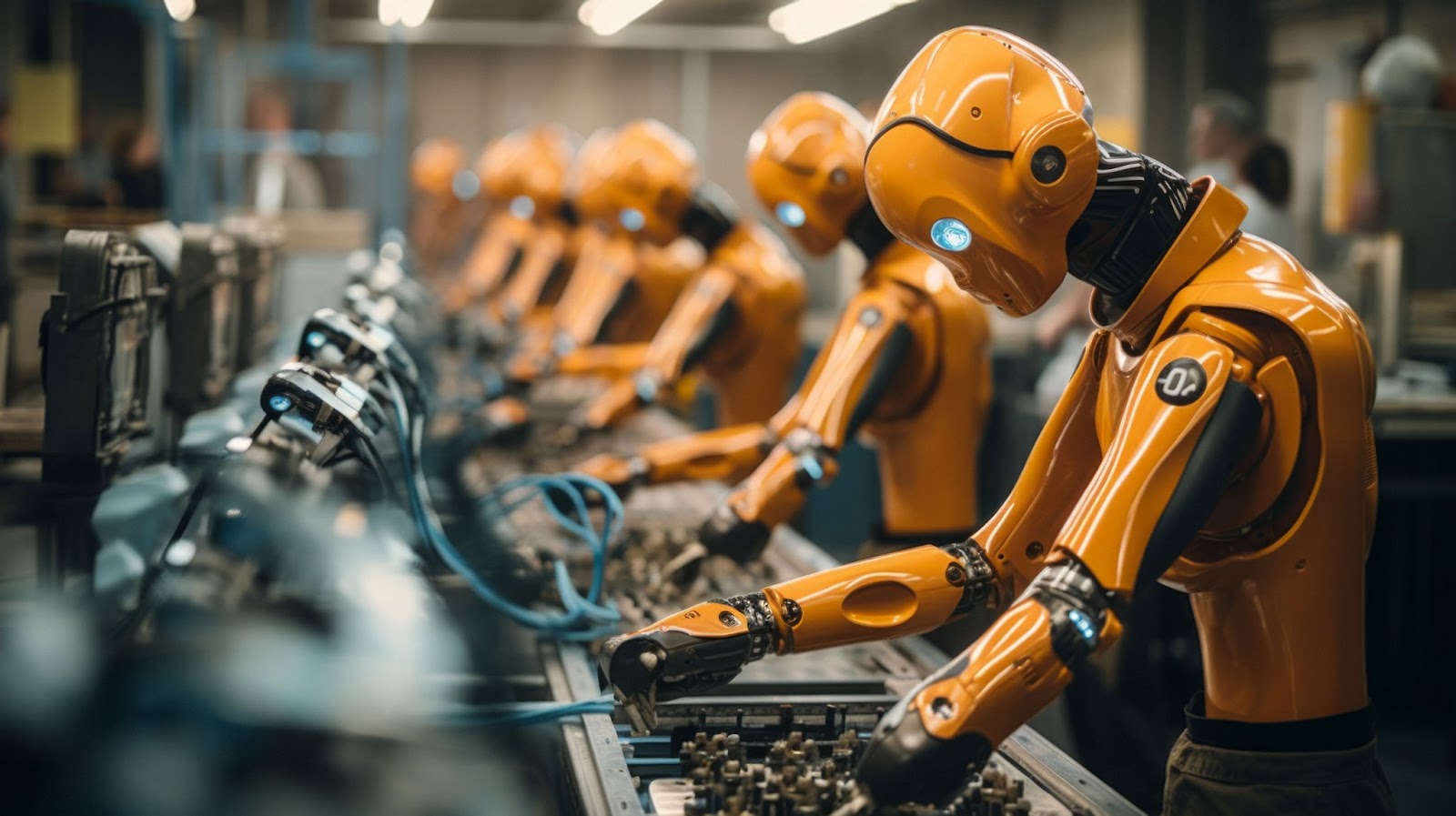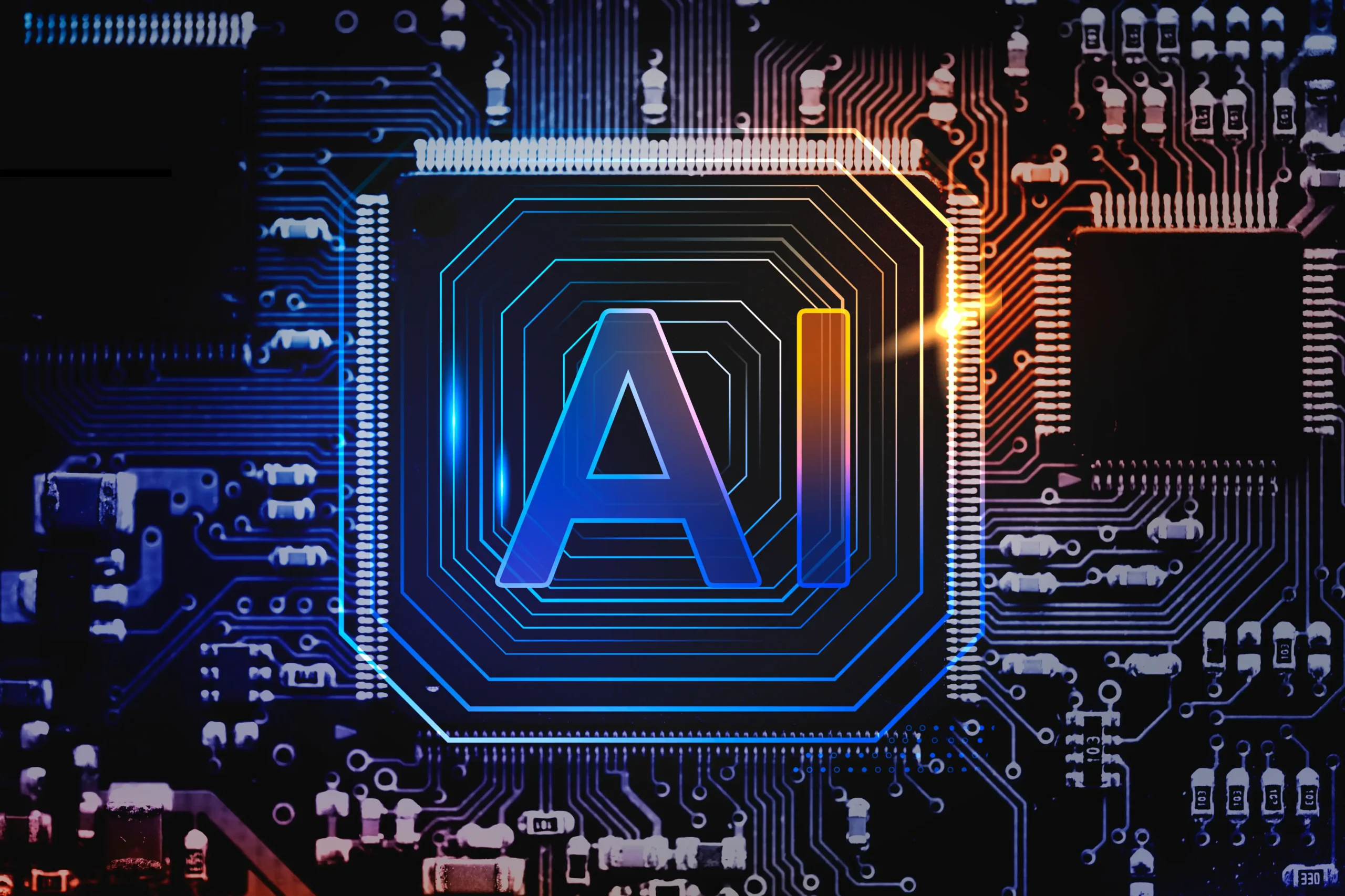Generative AI is a game-changer in the world of AI. It can analyze existing creative works like images, music, and text and use that knowledge to invent new, realistic things. These new creations capture the essence of the training data but aren’t simply copies. This powerful technology can generate fresh content in various formats, from images and videos to music, speech, and code.
The Core of Generative AI: Techniques and Models
Generative AI employs various evolving techniques, such as neural networks, reinforcement learning, and deep learning, with AI foundation models at the forefront. These models, such as GPT -4 and BERT, are trained on vast unlabeled data sets and can be fine-tuned for specific tasks. Despite the complexity of the math and the immense computing power required to create these models, they essentially function as prediction algorithms.
Generative AI is most commonly utilized to create content responding to natural language requests, eliminating the need for code knowledge. This makes it accessible for various enterprise applications, from drug and chip design to material science development.
The Journey of Generative AI: From Innovation to Mainstream
The surge in generative AI’s popularity can be traced back to its presence on Gartner’s Hype Cycle™ for Artificial Intelligence since 2020. The technology transitioned from the Innovation Trigger phase to the Peak of Inflated Expectations, gaining significant mainstream attention in late 2022 with the launch of OpenAI’s ChatGPT. This chatbot, capable of highly human-like interactions, not only captivated the public’s imagination but also hinted at the vast potential of generative AI, sparking a sense of wonder and anticipation about its future applications.
Gartner predicts that generative AI will become a general-purpose technology with an impact comparable to the steam engine, electricity, and the internet. While the initial hype will eventually subside, the technology’s real-world impact will grow as innovative applications are discovered and implemented across various sectors. These applications could range from revolutionizing drug discovery in the pharmaceutical industry to transforming customer service in the retail sector.
Benefits and Applications of Generative AI
Generative AI offers numerous benefits, including accelerated product development, enhanced customer experiences, and improved employee productivity. However, the specific advantages depend on the use case. For instance, generative AI can automate tasks, augment human capabilities, or autonomously execute business and IT processes.
To realize these benefits, aligning generative AI applications with key performance indicators (KPIs) to improve operational efficiency, generate new revenue, or enhance user experiences is crucial. For example, in a Gartner webinar poll of over 2,500 executives, 38% indicated that improving customer experience and retention was the primary goal of their generative AI investments, followed by revenue growth (26%), cost optimization (17%), and business continuity (7%).
Addressing the Risks of Generative AI
Despite its potential, generative AI has significant risks that must be carefully managed. These include:
1. Lack of Transparency: The models can be unpredictable, and even the developers might need help understanding their inner workings.
2. Accuracy: Generative AI can produce inaccurate or fabricated outputs, necessitating rigorous validation before use.
3. Bias: Outputs can be biased, requiring policies to detect and address these biases.
4. Intellectual Property (IP) and Copyright: Generative AI must be used in compliance with IP laws to avoid accidental exposure of proprietary information.
5. Cybersecurity and Fraud: Malicious actors can exploit generative AI to create deep fakes or conduct complex scams.
6. Sustainability: The significant power consumption of generative AI demands a focus on reducing environmental impact.
Practical Uses of Generative AI Today
Gen AI is actively used in various fields to streamline workflows, boost innovation, and unlock new possibilities. Here’s a glimpse into some practical applications you might encounter today:
- Content Creation: AI assistants help with marketing copy, articles, emails, and more, freeing human creativity.
- Design & Development: Generate product mockups, automate image/video editing, or get coding assistance.
- Data Analysis: Turn complex data into clear reports for informed decision-making.
- Customer Experience: Develop AI-powered chatbots and personalize marketing campaigns.
Business Value of Generative AI
Generative AI presents disruptive business opportunities to increase revenue, reduce costs, improve productivity, and manage risks. Gartner categorizes these opportunities into three main areas:
1. Revenue Opportunities: Accelerating product development and opening new revenue channels.
2. Cost and Productivity Opportunities: Augmenting workers, optimizing talent, and improving processes.
3. Risk Mitigation: Enhancing pattern recognition and sustainability efforts.
Industries Impacted by Generative AI
Generative AI’s transformative power extends across a wide range of industries. Here are some prominent examples:
- Pharmaceuticals and Healthcare: Generative AI can accelerate drug discovery by simulating molecules and predicting their potential effectiveness. Additionally, it can personalize treatment plans by analyzing patient data and generating reports for doctors.
- Manufacturing: This industry can leverage generative AI to optimize product design, streamline production processes, and develop new materials with unique properties. AI-powered tools can also predict potential maintenance issues and optimize factory layouts.
- Media and Entertainment: From generating realistic special effects to composing personalized music and even creating scripts, generative AI is transforming the media landscape. It can personalize content recommendations, automate video editing tasks, and even power the development of interactive experiences.
- Architecture and Engineering: Generative AI can assist in designing buildings and infrastructure, optimizing for factors like energy efficiency and structural integrity. It can also automate repetitive tasks like drafting blueprints and generating architectural models.
- Marketing and Advertising: This industry can utilize generative AI to create personalized marketing campaigns, generate targeted ad copy, and personalize customer experiences. AI-powered tools can optimize ad placements, predict customer behavior, and analyze marketing campaign effectiveness.
- Financial Services: Generative AI can identify fraudulent activities, personalize financial products and services, and generate reports for investors. It can also be used for algorithmic trading and market analysis.
Beyond these examples, generative AI can potentially disrupt and transform many other sectors. The applications are vast and ever-evolving, from legal services and education to scientific research and retail. As generative AI technology matures, we expect more innovative and impactful use cases to emerge across all industries.

Best Practices for Using Generative AI
To leverage generative AI effectively and ethically, businesses should follow these best practices:
- Internal Testing: Start with internal stakeholders to avoid public missteps.
- Transparency: Clearly label AI-generated content to inform users.
- Due Diligence: Track and validate biases and other trust issues.
- Privacy and Security: Ensure sensitive data is protected and not used beyond organizational boundaries.
- Gradual Implementation: Keep new functionalities in beta to manage expectations and improve reliability.
Crafting a Usage Policy for Generative AI
Given the widespread experimental use of generative AI, it’s advisable to craft a usage policy rather than enforce a ban. A simple policy could include prohibitions on inputting personally identifiable or sensitive information and monitoring outputs for accuracy and appropriateness.
The Future of Work with Generative AI
Preparing for Change generative AI will significantly alter the nature of work, especially for content creators. Workers must adapt by becoming proficient content editors capable of refining AI-generated outputs. This underlines the need for preparedness and adaptability in the audience, as the way we work is set to change significantly with the advent of generative AI.
Starting with Generative AI
Companies can take their first steps into generative AI with pilot projects. There are three main options, each with different costs:
- Using existing models readily available online (off-the-shelf)
- Customizing existing models with specific instructions (prompt engineering)
- Building entirely new, custom models
Costs range widely, from free or low-subscription online models to more expensive custom solutions that offer higher security and privacy.

Conclusion
The generative AI revolution is underway, and early adopters stand to gain a significant advantage. By incorporating generative AI into pilot projects, businesses can explore its potential to streamline workflows, boost innovation, and unlock new revenue streams. With careful planning and a focus on responsible use, generative AI can be a powerful tool for achieving your competitive goals.
From crafting specific marketing content to personalizing customer experiences, generative AI can unlock significant advantages.
Building custom tools or utilizing existing solutions depends on your needs and resources. Businesses with the technical expertise and budget can explore custom models for maximum control. However, for many, customizing existing models or leveraging off-the-shelf solutions with integrations offers a practical and cost-effective entry point.
Regardless of the approach, remember:
- Research and experiment with different tools to find the best fit for your needs.
- Prioritize data security, ensuring compliance with US regulations.
- Focus on responsible use, considering potential biases and ethical implications.
By strategically embracing generative AI, businesses in the US market can gain a competitive edge, streamline operations, and unlock new avenues for growth.
Performix can be your trusted partner in navigating the exciting world of generative AI.
Our team of experts can help you assess your needs, identify the best approach (custom models, prompt engineering, or off-the-shelf solutions), and ensure responsible implementation. We understand the complexities of US data privacy regulations and can guide you toward solutions that comply with these requirements.
Don’t wait to get started.
Contact us today and explore how generative AI can transform your business!






